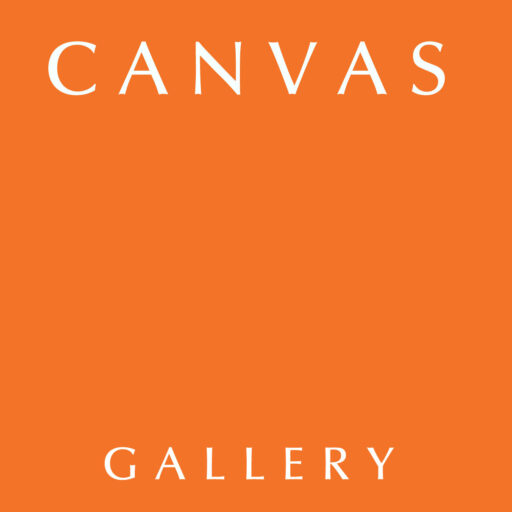INTERSTICES AND ART – Dawn
The Canvas Gallery kicked off the New Year with an innovative solo exhibition by artist Hasnat Mehmood. Titled The Studio That Creates Itself, After Allen Ruppersberg’s The Novel That Writes Itself, the show presented an amalgamation of two-dimensional art and an installation piece that, in a sense, also morphed into an interactive work of art. When entering a gallery, it is expected that the neatly framed artwork, carefully placed and precisely curated, will be the focal point of the room. One rarely notices the walls that hold up the artwork or the atmosphere of the enclosed space. However, Mehmood’s recent show did just that.
For this exhibition, the gallery space was divided into two: half of the room housed a number of the artist’s works, while the other half hid behind a translucent curtain-cum-wall made of strips of yellow paper. In front of the beige barrier, a television was placed. Live footage from a security camera behind the curtain was played on it and the visitors outside the covered area were able to witness what was happening inside. Behind the curtain, Mehmood created a studio, equipped with hangings of images, sketches and research.
By projecting the camera feed of the inside of the studio to those outside it, Mehmood raised questions of surveillance on, perhaps, artists and what is expected of them. At the same time, the recording became like a secret peephole, allowing one to spy into the artist’s private space, a space that every artist holds sacred. It became a way of lifting the veil and showing viewers the underlying mechanics of the finished artworks that were covering the gallery walls. This peek into the artist’s sanctum was further enhanced as Mehmood allowed the audience to enter his studio installation and connect with it on a personal level.
Hasnat Mehmood changes the viewer’s perception of the gallery space
The artist refers to contemporary art exhibitions as ‘interstices’, which are spaces that can survive comfortably within society but, at the same time, provide possibilities for elevating new and different human interactions that are above the rest of the social system. Through this reference from Karl Marx, Mehmood explains two important aspects of art, specifically those artworks that are displayed in some form of an exhibition.
Firstly, a contemporary art display allows its audience to move around the space, look at the work, react and then immediately converse with others about the art, all in one time-space. This is very different from, say, reading a book that demands private attention. In cinemas, a group of people can watch something together but discussion or any interaction with one another can only fully happen after the film ends.

Untitled
Secondly, focusing on its similarity to an ‘interstice’, an art display provides a free-space which not only encourages human connection and interaction, but allows it to happen in an area free of time constraints and, therefore, become a place for human elevation amidst the monotony of society.
The artwork seems to draw inspiration from a variety of themes such as colonialism, pop art and linear form, but what seems to be the connecting factor is the inspiration the artist received from art itself. Working mostly in monochromatic and linear strokes, many of Mehmood’s drawings appear as Xerox prints of universally famous paintings with a written caption below, describing the original painting and its artist. There are also replicated drawings of museum work, such as the Mughal miniature paintings found in the British Royal Collection. The artist displayed a great level of dexterity, particularly in the geometric works created on scratchboard.
Allen Ruppersberg (whom the artist refers to in the show’s title), was one of the initial American conceptual artists who changed the way art was thought about and made. Similarly, Mehmood aims at changing the viewer’s perceptions of the gallery space and invites them to view it on a deeper level.

Untitled
“The Studio That Creates Itself, After Allen Ruppersberg’s The Novel That Writes Itself” was displayed at the Canvas Gallery in Karachi from January 1 to January 10, 2019
Published in Dawn, EOS, January 20th, 2019
Source: Dawn

